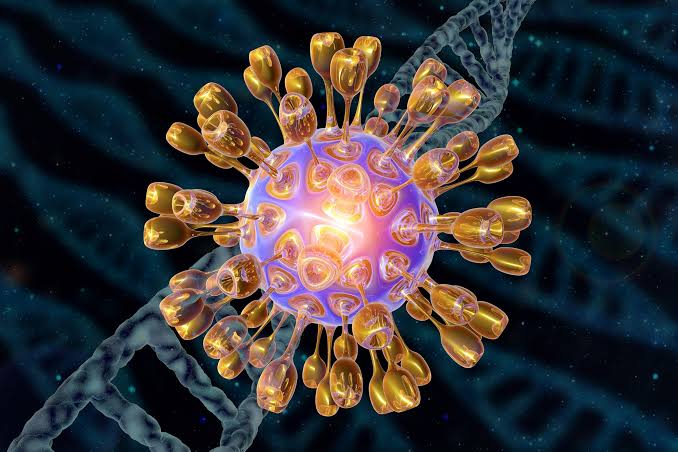Researchers Test Groundbreaking Gene Drive Therapy to Combat Herpes Simplex Virus

A new, cutting-edge treatment for herpes simplex virus (HSV) could be on the horizon, thanks to a “gene drive” therapy that spreads among viruses to potentially disable infections, according to a study published September 17 in Nature Communications. The gene drive, designed by researchers at the Fred Hutchinson Cancer Center in Seattle, aims to modify the HSV genome itself—promising a new way to treat this pervasive and often recurrent infection.
Unlike current antiviral therapies that only suppress HSV, the new gene drive actively inserts designer DNA sequences that can transform neighboring viruses within the host. During testing in mice, the gene drive effectively copied itself across different herpes viruses, marking an important step toward a possible future treatment. Keith Jerome, lead virologist on the project, envisions a therapy that could one day provide HSV patients with lasting relief, stating, “You don’t ever have to worry about this virus again.”
Herpes simplex is a lifelong infection that can lie dormant in nerve cells, flaring up unexpectedly and causing a range of symptoms, from blisters to nerve pain. Jerome and his team, led by fellow researcher Marius Walter, designed the gene drive to infect and potentially neutralize dormant herpes viruses within nerve cells. By targeting these “sleeping” cells, the therapy could deliver a more permanent solution than currently available treatments.
For the study, Walter’s team used two strains of HSV in mice—one carrying a gene drive with a red fluorescent marker and the other a yellow marker. After four days, researchers observed that 90 percent of the viruses in brain tissues had transformed to red, indicating successful gene drive transmission. This approach builds on gene drive applications used to control insect-borne diseases like malaria, now adapted to potentially disarm viral infections.
Although this research represents a milestone, experts note that challenges remain. Viral resistance emerged in some cases, raising questions about how to effectively apply gene drive therapies to HSV and other viruses. Future versions of the therapy will focus on reducing HSV’s infectivity and minimizing disease-causing symptoms.
The researchers emphasize that safety will be the priority as development continues, including ensuring the gene drive virus does not transmit between humans. “We have to be sure that everything is safe,” Jerome added, underscoring the cautious path ahead as they work toward human applications of this promising HSV therapy.


